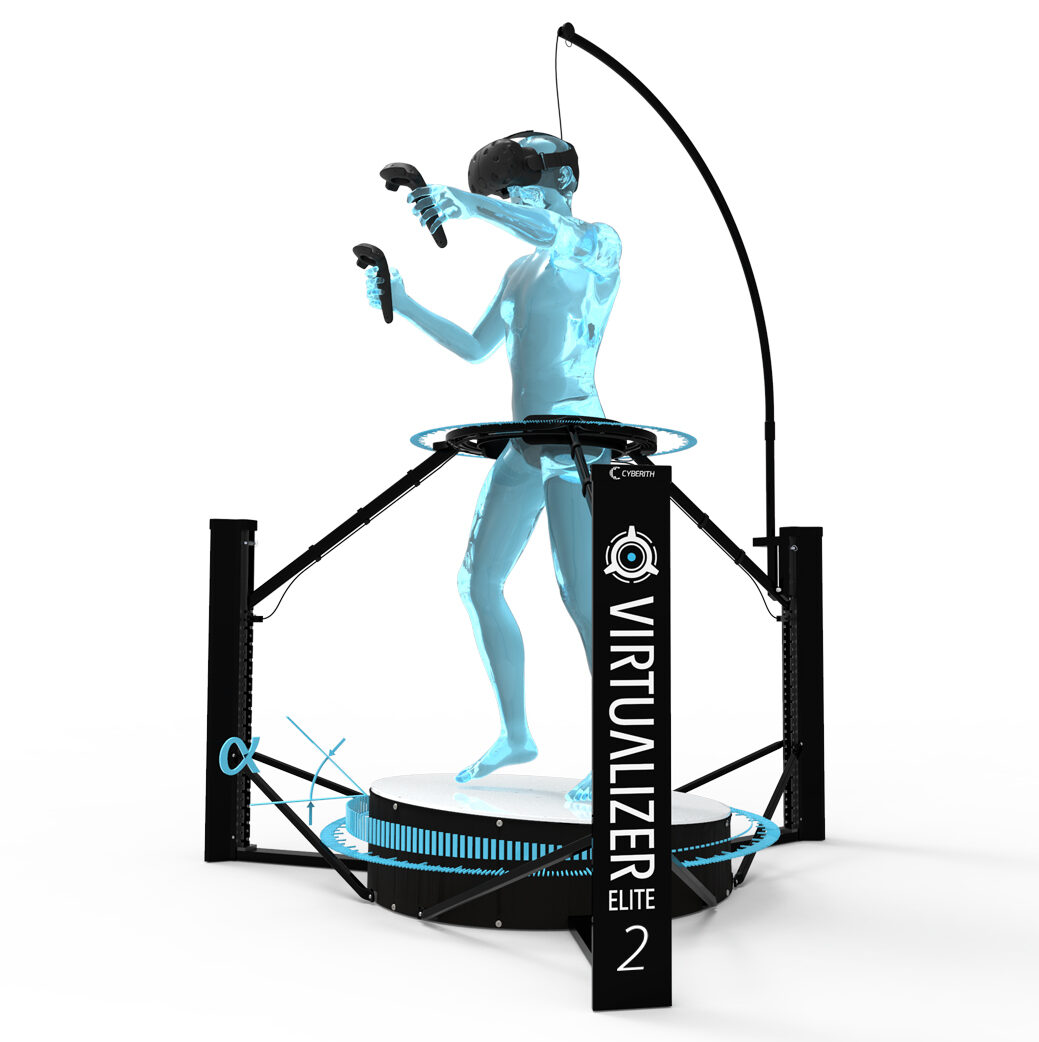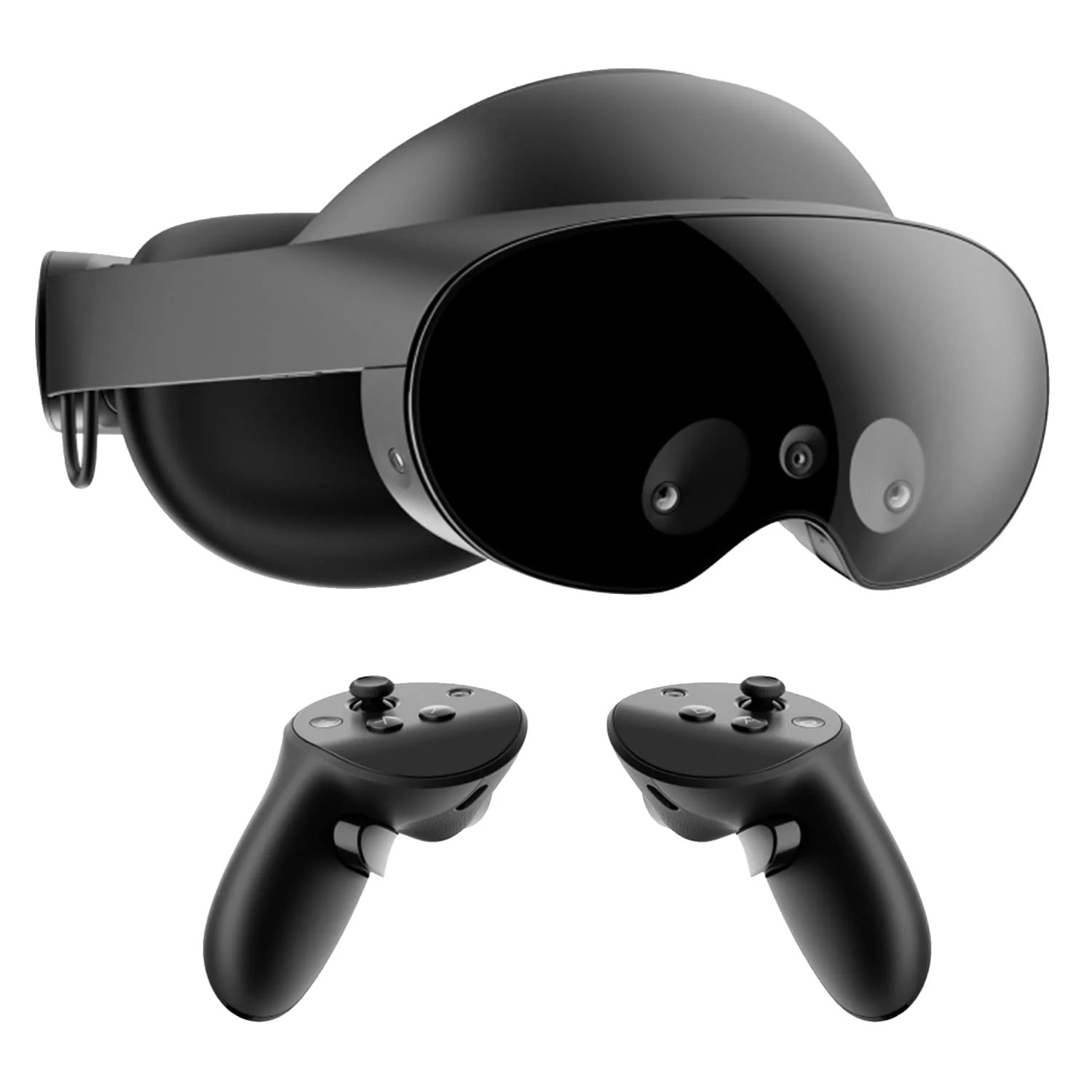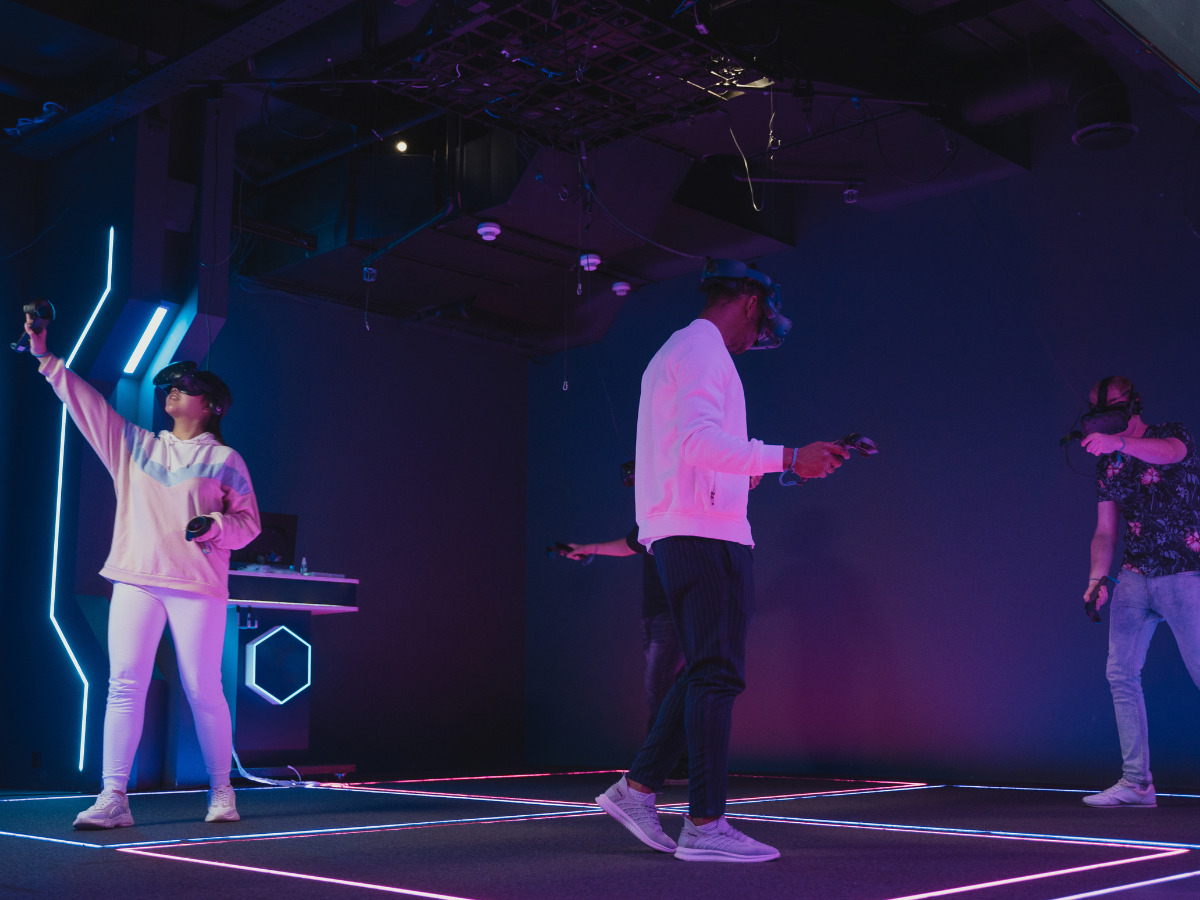Virtual reality has captivated the imaginations of millions, offering immersive and interactive experiences in various fields such as gaming, training simulations, and architectural visualization. However, one persistent challenge in VR has been replicating natural locomotion, as users are often confined to a limited physical space. To address this limitation, VR treadmills and slidemills have emerged as promising solutions, revolutionizing the way users navigate virtual worlds. In this article, we will delve into the world of locomotion in VR, exploring the potential of these innovative devices and their impact on the future of virtual reality.
The Need for Improved Locomotion in VR
Traditional VR locomotion methods, such as teleportation or joystick-based movement, have been effective to a certain extent. However, they can create a sense of detachment from the virtual environment and fail to provide the same level of immersion as natural movement. Combine this detachment with fast visuals or moving surfaces and it also can cause intense nausea if the developer isn’t careful. VR treadmills and slidemills aim to bridge this gap by enabling users to walk, run, and slide within virtual spaces, mimicking real-world locomotion.
What are slidemills anyways?
Slidemills, a recent addition to the VR locomotion landscape, introduce a unique approach to movement. Instead of simulating natural walking or running, slidemills enable users to slide their feet on a low-friction surface while standing in a stationary position. By translating sliding motions into virtual movement, users can effortlessly explore vast virtual landscapes and overcome limitations of physical space. Slidemills offer a novel locomotion method that combines ease of use, comfort, and the potential for high-speed movements within virtual worlds.
While a significant step up from nothing, slidemills tend to work different sets of muscles versus normal walking. This can take some getting used to and can cause fatigue during extended play sessions. Even so, the level of immersion these devices provide is something every VR enthusiast should try out.
VR Treadmills
VR treadmills, also known as omnidirectional treadmills, offer a compelling locomotion solution. Like something straight out of Ready Player One, these devices consist of a circular or elliptical platform on which users can walk or run while wearing a VR headset. By utilizing a combination of sensors, pressure-sensitive plates, and intelligent tracking systems, VR treadmills provide a more intuitive and physically engaging way to navigate virtual environments. Users can experience the sensation of walking or running freely, creating a deeper sense of presence and immersion.
Unfortunately, these don’t really exist for consumers yet. All of the ones I’ve researched have been experimental versions. While they look cool and are definitely a technological goal to achieve, it will be awhile before we start seeing purchasable versions. Even then, it will take time to reduce the bulk and complexity of their design. There are a lot of moving parts involved, after all.
Advantages and Challenges of VR Treadmills and Slidemills
VR treadmills and slidemills bring numerous advantages to the VR experience. They enhance immersion by enabling users to utilize their natural walking or sliding instincts, leading to a more realistic sense of presence. Additionally, these devices promote physical activity and exercise, transforming VR into a healthier and more active form of entertainment. The biggest hurdle right now tends to be the price and the additional gear needed. Most of these devices require some kind of special shoe or overlay to operate. This helps reduce friction, making for smoother walking, and also aids in tracking.
Currently, the KAT Walk C2, as mentioned earlier, can set you back $1,299, making it a difficult decision for all but the most dedicated of enthusiasts. Personally, I’ve been debating this for my own setup as well. With my limited space, it would be nice to be able to roam around large VR worlds naturally without running into walls or worrying about teleporting or stick movement. Ultimately, the decision is yours. Consider the advantages these devices offer in terms of immersion and physical engagement, while also weighing the cost, additional equipment, and space limitations.
Future Implications and Potential Applications
The introduction of VR treadmills and slidemills has far-reaching implications for multiple industries. In gaming, these devices unlock new levels of realism and engagement, providing players with unparalleled experiences in open-world environments. In the fields of training and simulation, VR treadmills and slidemills offer immersive training scenarios for various professions, from military and medical training to aviation and sports. Moreover, these locomotion solutions can have a transformative impact on physical therapy and rehabilitation, allowing patients to regain mobility and improve their recovery process.
As virtual reality continues to evolve, the development of effective locomotion methods remains a crucial frontier. VR treadmills and slidemills have emerged as groundbreaking solutions, reshaping the way users move within virtual environments. With their potential to enhance immersion, promote physical activity, and expand the boundaries of VR applications, these devices offer an exciting glimpse into the future of virtual reality. As technology advances and the challenges associated with these devices are addressed, we can expect to witness a new era of locomotion that will transport us even deeper into the realms of virtual experiences.




